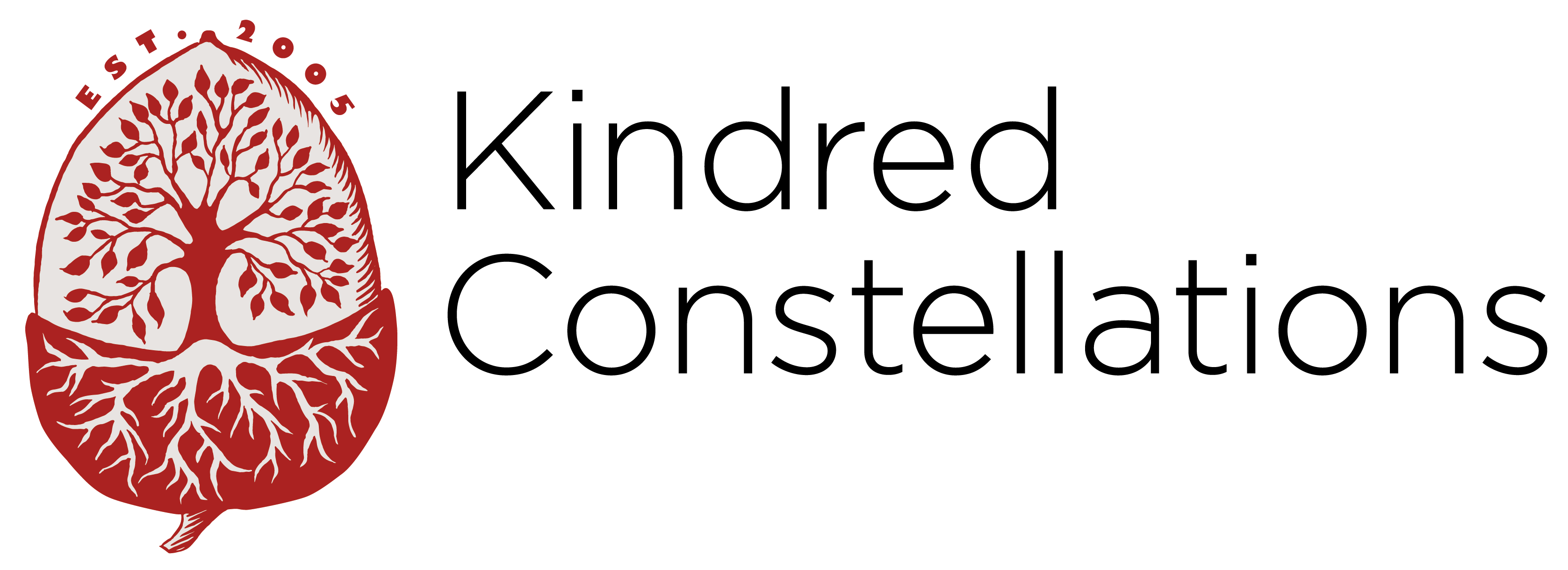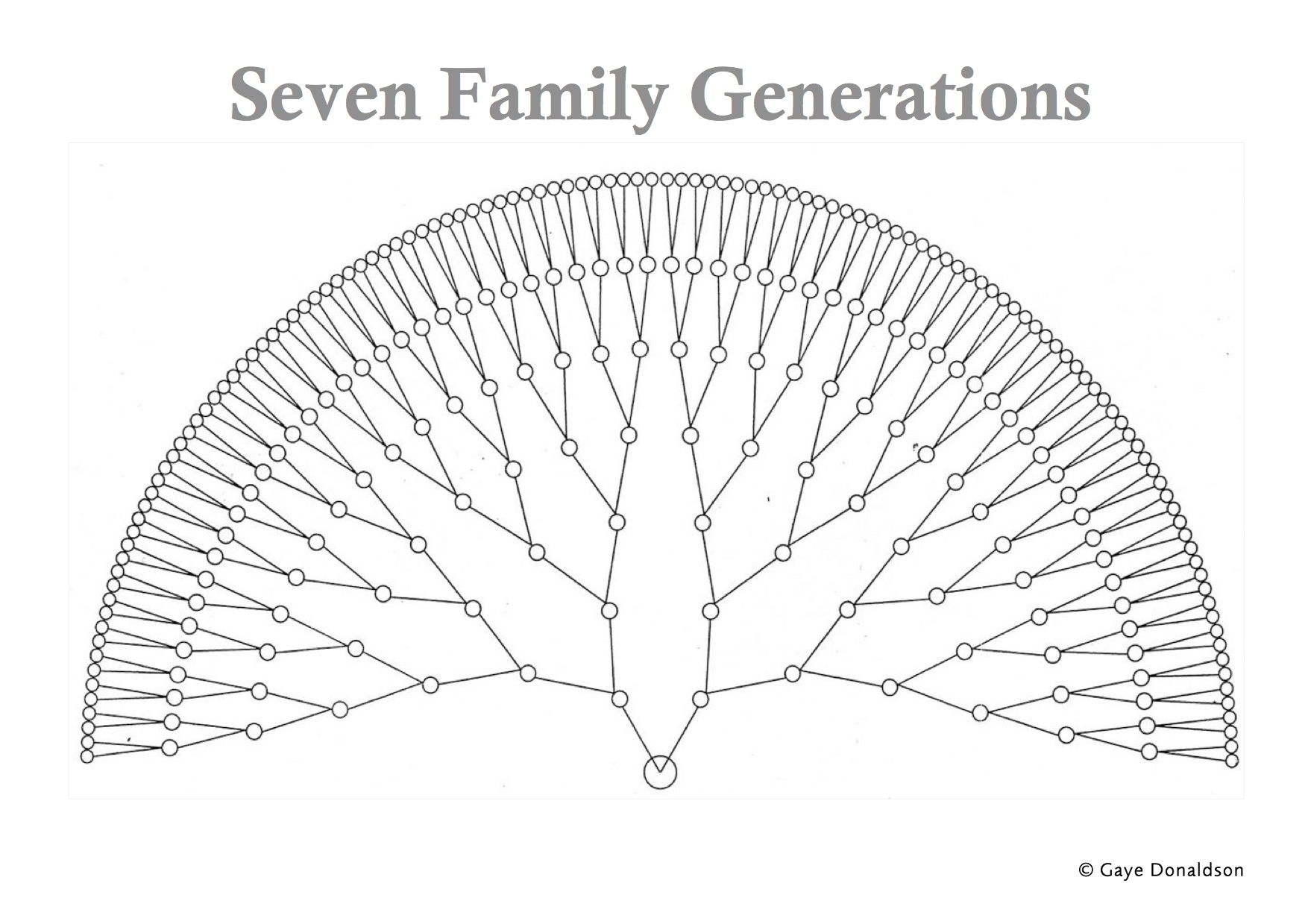Tarpana – Gratifying Your Ancestors
I was very fortunate to spend February this year in India undertaking a purification retreat at the Somatheeram Ayurvedic Hospital in Kerala. It is a very beautiful place and in a previous blog posting you can see pictures of the local beach by the Arabian Sea.
Having spent time learning about Ayurveda, following a strict diet and a serious daily health regime, I was particularly interested to read this article by Dr Robert Svoboda as it illuminates an element of Ayurvedic practice of which I was not previously aware…And of course the similarities in principle with constellation work will not escape anyone.
The process of Tarpana, described below in an edited version, offers another way of working respectfully to honour the ancestors and lift the weight of their fate and its affect on us. Have a read if this interests you…
There are no permanent physical or mental cure for constitutional weaknesses (constitution as defined by Ayurveda, the science of life and health). Once you have identified yourself as a Vata, Pitta, or Kapha type, or a combination of two of these, you are stuck with that constitution, and all its benefits and defects, until you die.
There are only two ways to escape. One way is if you are a spiritual aspirant, and follow strict spiritual disciplines. Under such controlled conditions there will be little occasion for your constitution to display itself. It will not change, but it will not disturb you. The other way involves the ancient ritual of Tarpana. Related to the Sanskrit word Trpti, which means satiation or satisfaction, Tarpana is a process of gratifying your ancestors.
There is a Law of Nature known as Bija Vrksha Nyaya: the Law of Seed and Tree. Your seeds are your genes and chromosomes, the essence of your parents’ germ plasm (plasma). You are the tree, the product of those seeds. Half your genes come from one parent, and half from the other. No matter how you try to distance yourself from your parents, in space, time, or interaction, your genes and their genes are identical, and resonate with one another. Your parents’ emotions are bound to resonate with your emotions, no matter how distant you may be from them, because of this fundamental identity. This is why telepathic communication sometimes exists between parent and child.
Because your parents’ genes originated in your grandparents, your emotions will be influenced by their emotions, and by the emotions of your great-grandparents, and so on, back at least seven generations. Even though most of your ancestors are already dead the subtle effects of their personalities remain in your genetic environment and continue to affect you.
Tarpana works by reducing the emotional charges, which have accumulated in you as a result of the activities of your forebears.
The traditional ritual of Tarpana is complex, but its essence is simple. It is much like the All Soul’s tradition, when people visit their relatives in the cemetery. In preparation, consider what one food item your parent or grandparent was fondest of. May be it is the apple strudel your grandmother used to bake, or the ale your father used to drink. That food will act as a vehicle for your emotion.
Sit comfortably facing south and visualize your dead ancestors, one by one, as far back as you can remember. Ask each one to sit in front of you. Telling them you want to help release them from any residual earthly desires they might have, offer them a spoonful of water, a spoonful of milk, and a spoonful of sesame seeds, preferably the black variety. These offerings are the same for everyone.
Then offer a little of the special item, with the heartfelt wish that this will satisfy any residual cravings and allow that individual, wherever he or she is, to continue with their own progression towards greater integration and clarity. You then request them to return whence they came. Feed any remaining food you offered to an animal, or put it into a river or the ocean. It is good to repeat this annually. The best days for Tarpana are New Moon Days, especially those which fall in September (PitrPaksha).
You need not believe in reincarnation, or life after death, to perform Tarpana. Your parents and grandparents are still alive inside you, in your genes. You are simply projecting a part of your personality, contacting it, and requesting it to be pleased with you and to relinquish any inappropriate influence it may have over you. This visualization releases you from any unhealthy psychological habits you may have as a result of the influence of these previous beings who also shared your genes, and of the images you have of those beings.
Tarpana is especially important for ancestors you knew personally. If you loved them, you show them your love in the only way remaining to you, by remembering them and offering part of yourself to them as a token of your love. If your relationship with them was marred by negative emotions, Tarpana allows you to heal the relationship by sacrificing your negativity and offering them the healing power of your love. Thankfulness for the genes which have given you life, and forgiveness for those genes which have limited your existence, transport the sacrifice to its intended target.
If you are convinced that this procedure can actually help eliminate any negativity remaining between you and the image you hold of your ancestor, it will. Faith is essential for it to work; you must make your offering with complete sincerity. Faith can truly make you whole.
Faith can make our society whole as well. Tarpana is important to all of us who have forgotten our roots. It creates the bond which should exist between our ancestors and us. Hindu tradition regards Tarpana as a duty, which every child must perform for its parents. When we accept this responsibility we relinquish forgetfulness. Tarpana is an act of remembrance, which solidifies the link between the generations. By opening ourselves to our ancestral influences and forgiving our forebears their imperfections, we open ourselves to their accumulated wisdom, which can cement our culture together.

